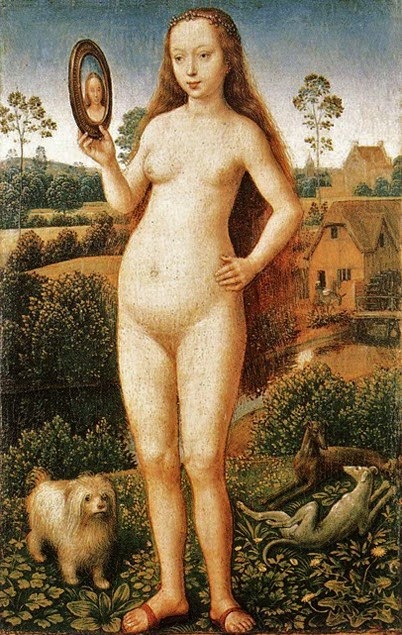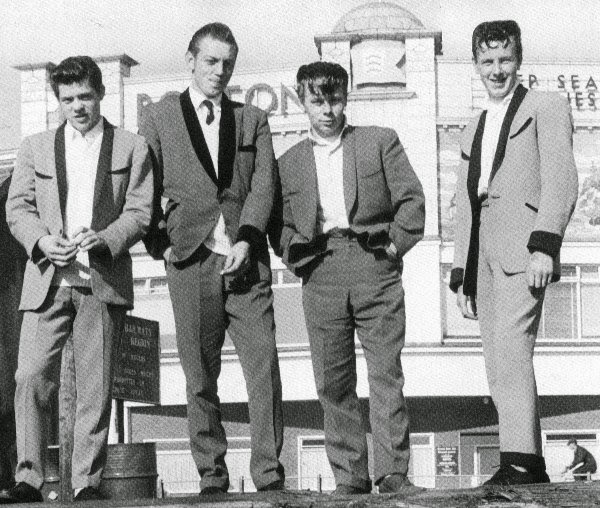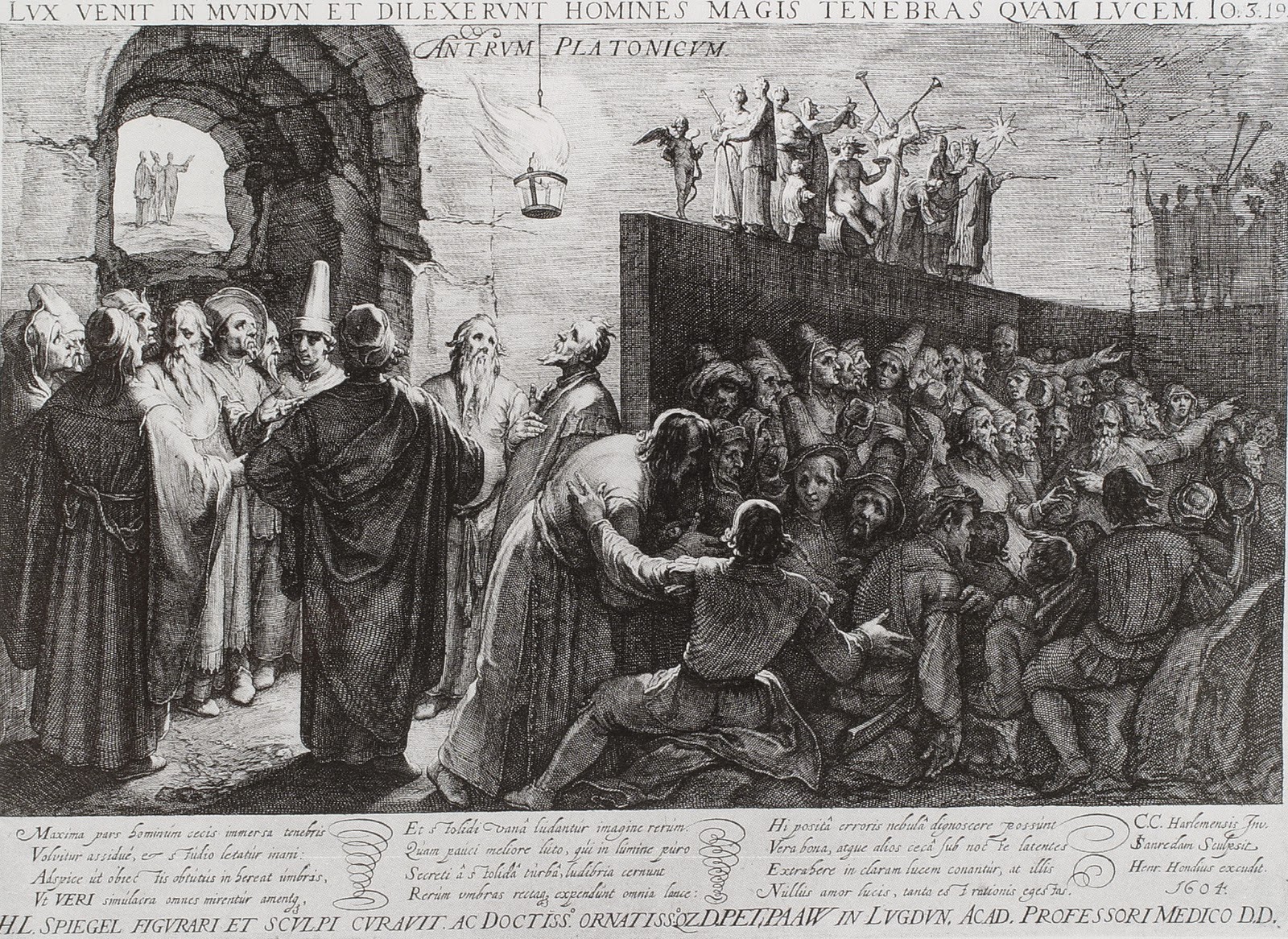Triangulation - Referring to reach an informed source by three or more sources.
- Summarise key points
- Reference important quotes
1964 - First things first manifesto
- Educated argument
- Agreed argument by a group of people
Incomplete manifesto
- Informal argument
- Context - Advising you on his own personal techniques and advise.
* 1964 argument on how graphic designers have been used and exploited not for the good of society but for money making corporations who've taken advantage of consumerism and skills designers possess. It argues how as an industry we want to make design for the good of the people, not to influence them into buying unnecessary things.
* Designers are selling out, that we should have principles and make work that benefit society.
* Diamonds exported from third world countries from cheap labour to wealthier countries at a much higher price.
First things first (Revisited)
1964 - Post war consumerism optimism
- Proposed for a critique of US style consumerism
- K.G = Activist + Socialist
- Accidental Manifesto
- A necessary part of the economy
- Design is not neutral
- We only learn about the commercial function of design
Essay
Is this workable?
Signed by cultural designers
Inform is persuasive
Why limit your audience or impact?
Views audience as passive
Cultural jamming - Disrupting cultural design in corporations
Good ethical designs
Mass Manipulation for cultural ends
Subculture and Style
Hebdige, D (1979) Subculture: The meaning of style'
Subculture
-Write out own values
- Re-thinking what it is to be british
- Create our own society
- Is using a symbolic challenge to society
- Alternative way of existence
- Rejected middle class values of Britain
- Don Letts- Subculture (2012)
 'According to the usage and conventions which are at last being questioned but have no means been overcome - men act women appear'
'According to the usage and conventions which are at last being questioned but have no means been overcome - men act women appear'
- Hans Memling 'Vanity' (1485)
- Alexandre Cabanel 'Birth of Venus' (1863)
- Sophie Dahlfor Opium
 - Titian's Venus of Urbino (1538)
- Titian's Venus of Urbino (1538)
- Ingres 'Le Grande Odalisque' (1814)
- Maret - Bar at the Folios Bergeres (1882)
- Jeff Wall 'Picture for Women' (1979)
- Coward R. (1984)
* The camera in contemporary media has been put to use as in extension of the male gaze at women on the streets'.
Labels
Labels
Sample Text
Popular Posts
-
I really love the simplicity of the design and is something I feel has influenced my practical the most. The use of the clean vec...
-
Gender Neutral Cosmetics Source: http://www.nellyrodilab.com/en/beauty-en/gender-neutral-cosmetics.html S.W Basics of Brookly...
-
Making Connections: Summarise the session discussing what you have learned about 'deconstruction' and 'pastiche' The emp...
-
The grid system in graphic design is a way of organizing content on a page, using any combination of margins, guides, rows and columns....
-
LEEDS COLLEGE OF ART PROSPECTUS Front cover Pg 30 Pg 68 & 69 After looking through the new university...
-
- Research - 12 People responded to my survey, 11 being 18-20 and 1 being between 21-29 age groups. I would of liked more respon...
-
- Research - I was suggested Fontsmith to have a look at different typefaces which may be suitable to my current brief. From what I h...
-
- Research - This website let me see how charities and campaigns have went successfully viral in 2012, it enabled me to get a better u...
-
Week/Session 05/10/2015 - OUGD601 CoP Module Briefing 12/10/2015 - Group Presentations 19/10/2015 - Tutorial - Clarified resear...
-
For this brief we were assigned a partner to create a typeface for a full alphabet including 6 extra glyphs based entirely on their per...


















